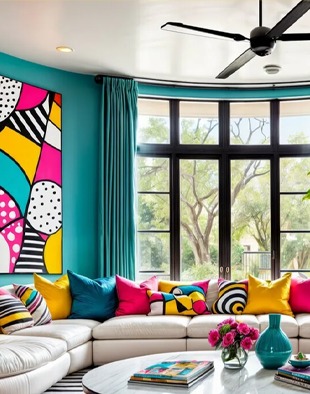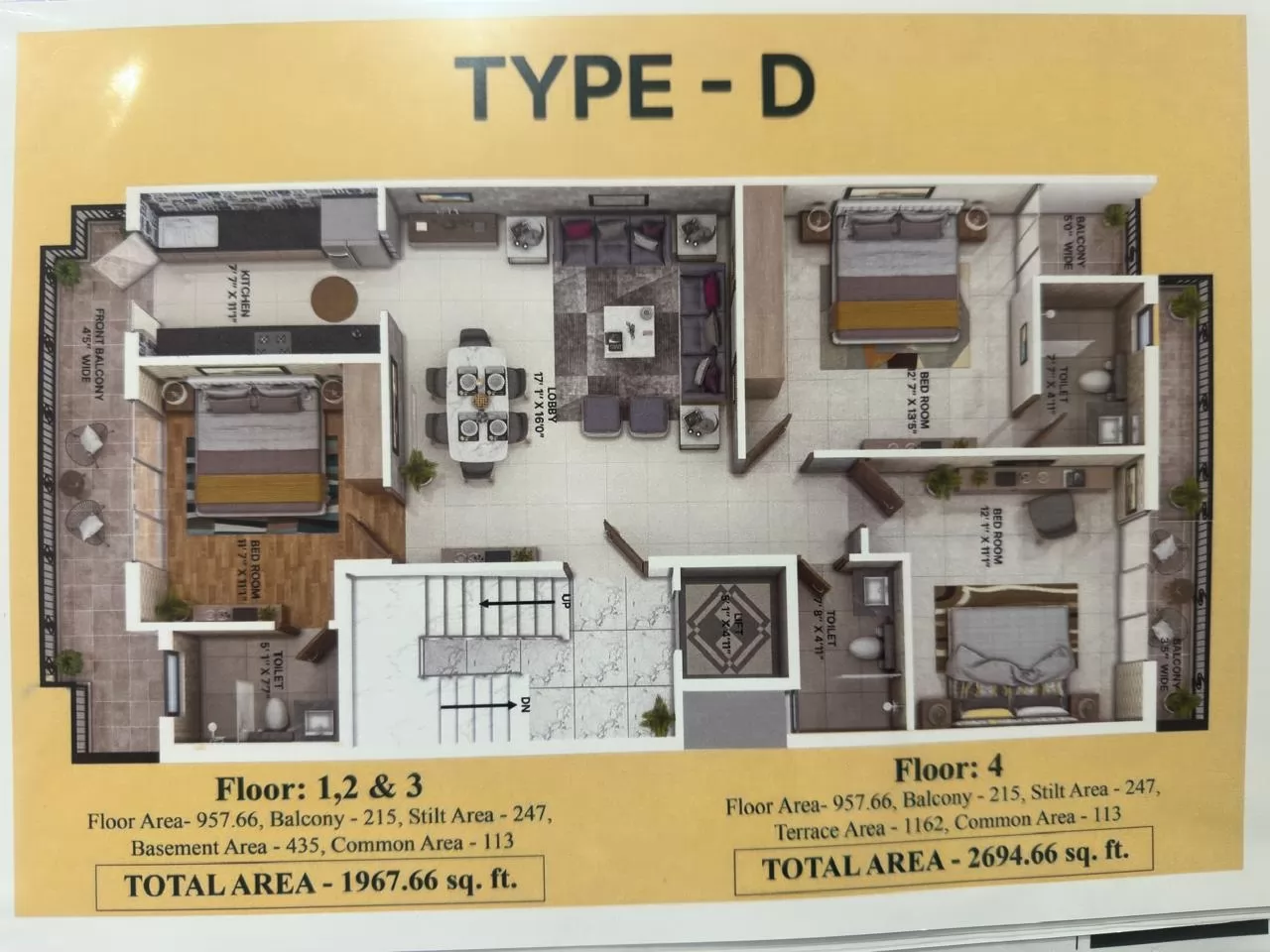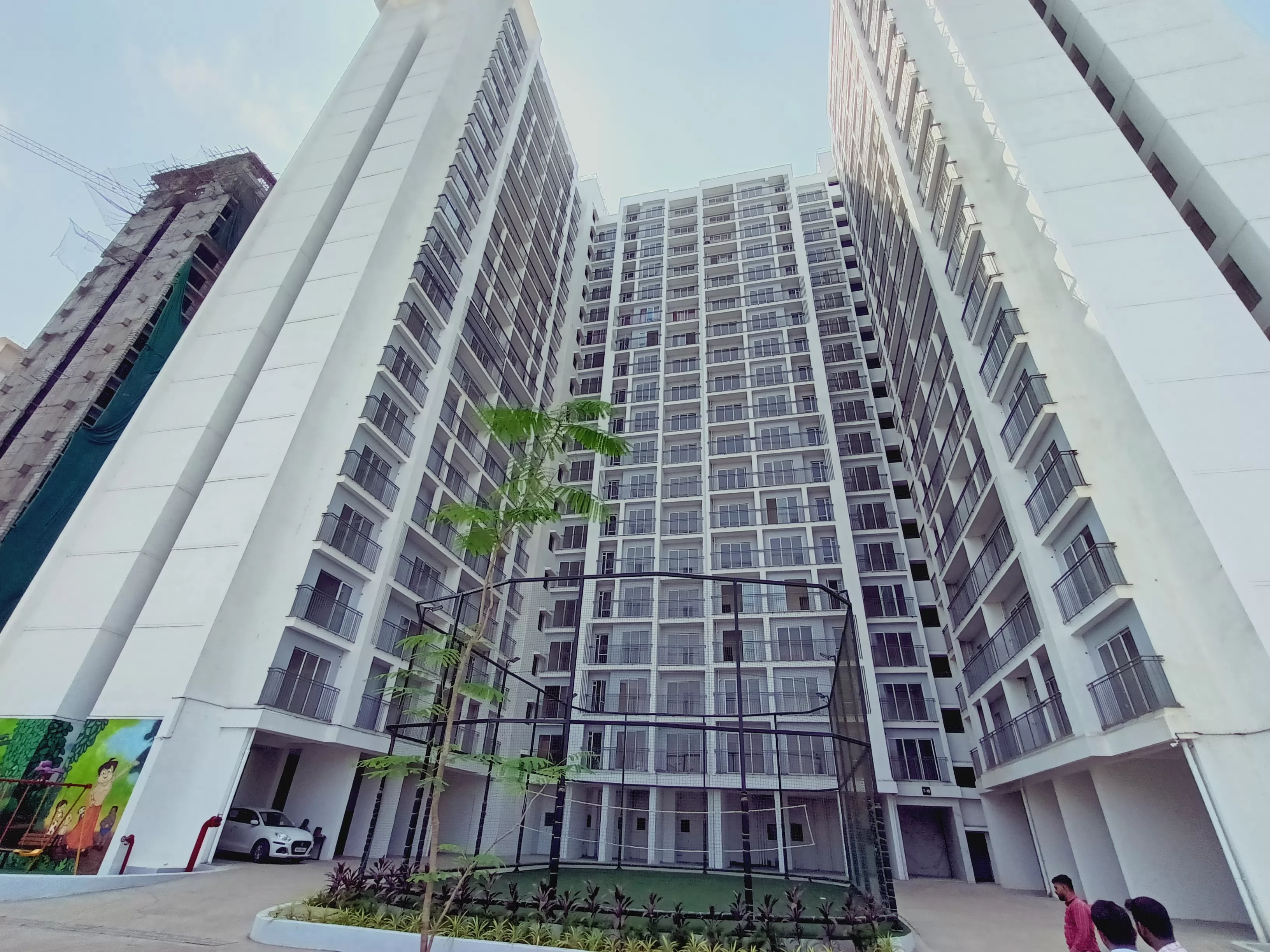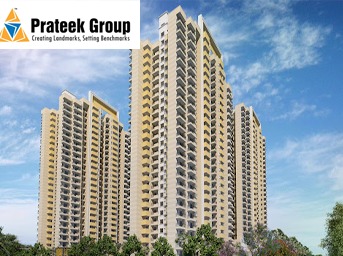Real estate trends: Will affordable housing withstand a luxury house boom?
By Bricksnwall | 2024-10-06

With the exception of Q2 2024, the affordable home market in India has shown a constant declining trend in sales for 13 consecutive quarters.
Following the Covid-19 outbreak, India's housing market has seen a significant movement towards the luxury category. Meanwhile, the price-sensitive affordable housing market has suffered a gradual decline due to a variety of issues such as rising interest rates, rising property prices, and falling availability, among others.
Earlier this week, during a virtual press conference, Knight Frank India CMD Shishir Baijal raised worries about the affordable housing industry in India. "Sales of homes priced below ₹50 lakh have declined for yet another quarter highlighting persistent challenges to affordability and availability," he told reporters.
Knight Frank's research on real estate activity in the third quarter of the present calendar year found that 46% of total home sales in India's top eight cities were concentrated in the luxury housing category, which includes residences valued at ₹1 crore and above.
The mid (₹50 lakh - 1 crore) and inexpensive housing (≤ ₹50 lakh) categories saw a 13% and 14% year-on-year reduction, respectively.
In the September 2024 quarter, 40,328 residences sold for ₹1 crore or more, out of 87,108 total. The ₹50 lakh - 1 crore group and the sub ₹50 lakh club had 26,011 and 20,769 units, respectively.
More than one rationale.
With the exception of Q2 2024, the cheap housing
market in India has shown a constant declining trend in sales for the past 13
quarters, according to Knight Frank statistics.
"The issue is that most developers have shifted to higher-yielding low-hanging fruits where returns are higher and sales are higher, i.e. the upper end of the market. So affordable housing has suffered greatly as a result of the lack of supply," observed Gulam Zia, Knight Frank India's Senior Executive Director – Research, Advisory, Infrastructure, and Valuation.
He went on to say that, while interest rates remain
the single most significant barrier for the affordable housing market, a lack
of supply addition is also a major complication.
Others agreed. "Rising property prices and interest rates have skewed developer launches to premium and luxury, as they deal with cost spikes in land, materials and construction, squeezing their margins," explained Ashwin Chadha, CEO of India Sotheby's International Realty.
However, with inflation falling below the Reserve Bank's tolerance band of 4-6% in August 2024 to 3.65%, industry watchers foresee a reduction in the repo rate in the near future. This could be a stimulus for the resurgence of the price-sensitive inexpensive housing category, which has suffered more than the mid and luxury segments as a result of a 250-basis point increase in the repo rate to 6.50% since the Covid-19 outbreak.
Furthermore, the ₹2.30 lakh crore subsidy under the
Pradhan Mantri Awas Yojana Urban 2.0 is projected to boost the market.
"Resolving the supply-side issue will take
some time. For the past 2-3 years, we haven't seen any fresh launches. So,
anytime the intervention to lower interest rates kicks in, there would be a
problem because there will be insufficient supply in the market," Zia
stated.
According to developers, the current definition of
affordable housing makes it impractical for them to deliver such homes. The
government defines affordable housing as residential units measuring 60 square
meters and priced at or below ₹45 lakh in "metro areas".
Source:
Hindustan Times







